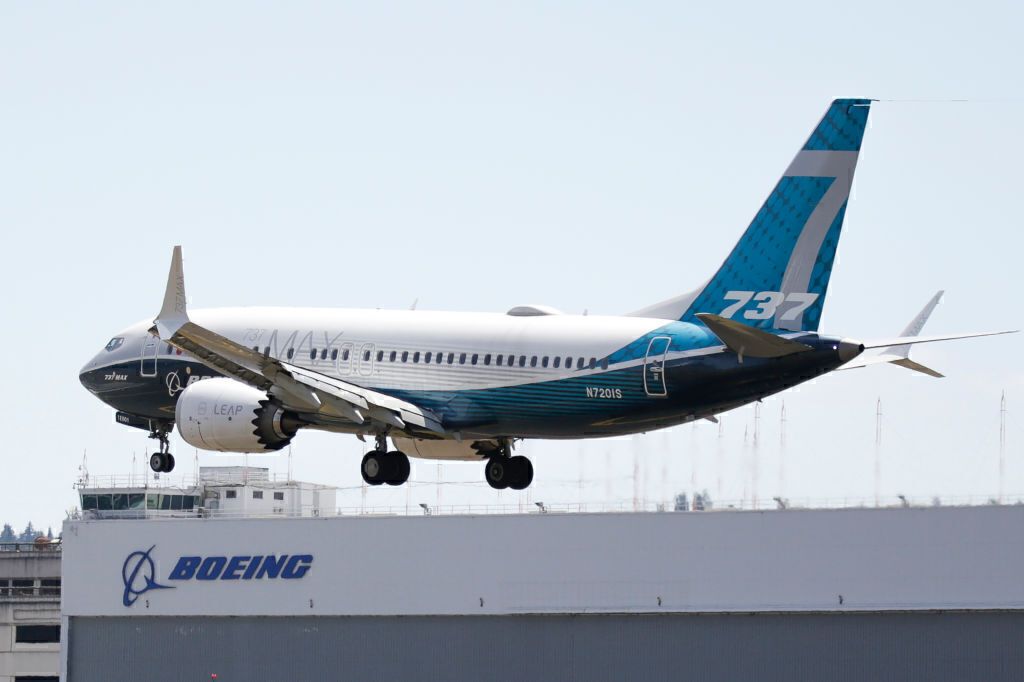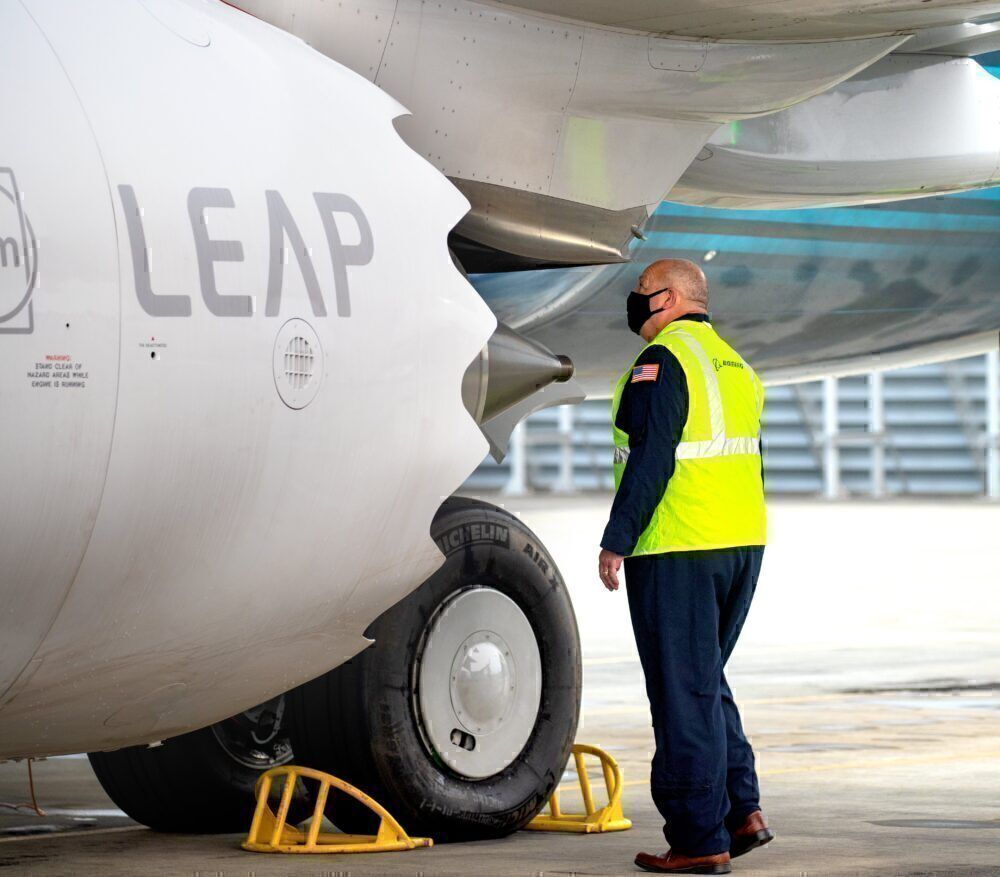During its 20-month grounding period, Boeing worked hard to ensure the safety of its 737 MAX before the type re-entered service. The plane, which is perhaps the most scrutinized airliner model of its generation, eventually received FAA recertification last November. However, the US government body has now proposed an airworthiness directive (AD) regarding the MAX. This notification concerns its fuel quantity processor unit (FQPU).
What has the FAA proposed?
On April 2nd, the US Federal Aviation Administration (FAA) proposed a new airworthiness directive regarding the Boeing 737 MAX's fuel quantity processor unit. This AD would not be a blanket requirement for the entire MAX series, as it only concerns the MAX 8 and MAX 9 models. The FAA explains that:
"This proposed AD was prompted by a report that, during refueling of the right main tank, if there is a failure of the automatic shutoff system, the refueling panel does not provide the required indication that the automatic shutoff has failed. This proposed AD would require installing a new fuel quantity processor unit (FQPU) and doing an FQPU software check."
Stay informed: Sign up for our daily and weekly aviation news digests.
For now, this proposed AD is at the start of a 45-day comment period that ends on May 17th. During this time, the FAA is open to receiving "written relevant data, views, or arguments about this proposal." With the MAX 8 being the series' most popular variant, such an AD may prove costly to its manufacturer if the FAA pushed it through. Simple Flying reached out to Boeing for comment but did not receive a response by the time of publication.
What is an airworthiness directive?
Aviation safety agencies issue airworthiness directives when they find a potential safety issue with an aircraft, or its systems, that requires rectification. This can result in the aircraft in question being grounded until the problem is fixed, rendering it airworthy once again. Compliance with ADs is essential, as they are legally enforceable regulations.
Agencies can sometimes issue ADs on an emergency basis, such as in the aftermath of an accident. These directives generally require immediate compliance before the affected aircraft can fly again. However, other ADs that are less urgent in nature can instead demand that compliance is achieved not immediately, but rather within a specified time period.
Boeing widebodies also subjected to ADs
The Boeing 737 MAX is not the only one of the US manufacturer's models to be subjected to ADs in recent months. Indeed, the FAA has also released such directives concerning some of Boeing's widebody aircraft since the turn of the year.
For example, February 19th saw the administrative body publish an AD regarding Boeing's 787 'Dreamliner' family. This required 222 aircraft from this series to be inspected for damaged or disengaged decompression panels in the plane's bilge barriers.
Then, less than a week later, the FAA also issued an AD for another Boeing widebody family, specifically the 777. This was released on a more urgent basis, following the engine failure of a United 777 that saw engine parts rain down on the local suburbs. The directive required the fan blades on Pratt & Whitney PW4000-engined 777s to be thermally inspected for damage such as cracks before they could take to the skies once again.
What do you make of the FAA's proposed airworthiness directive regarding the Boeing 737 MAX? Have you flown on the type since its recertification? Let us know your thoughts and experiences in the comments.




